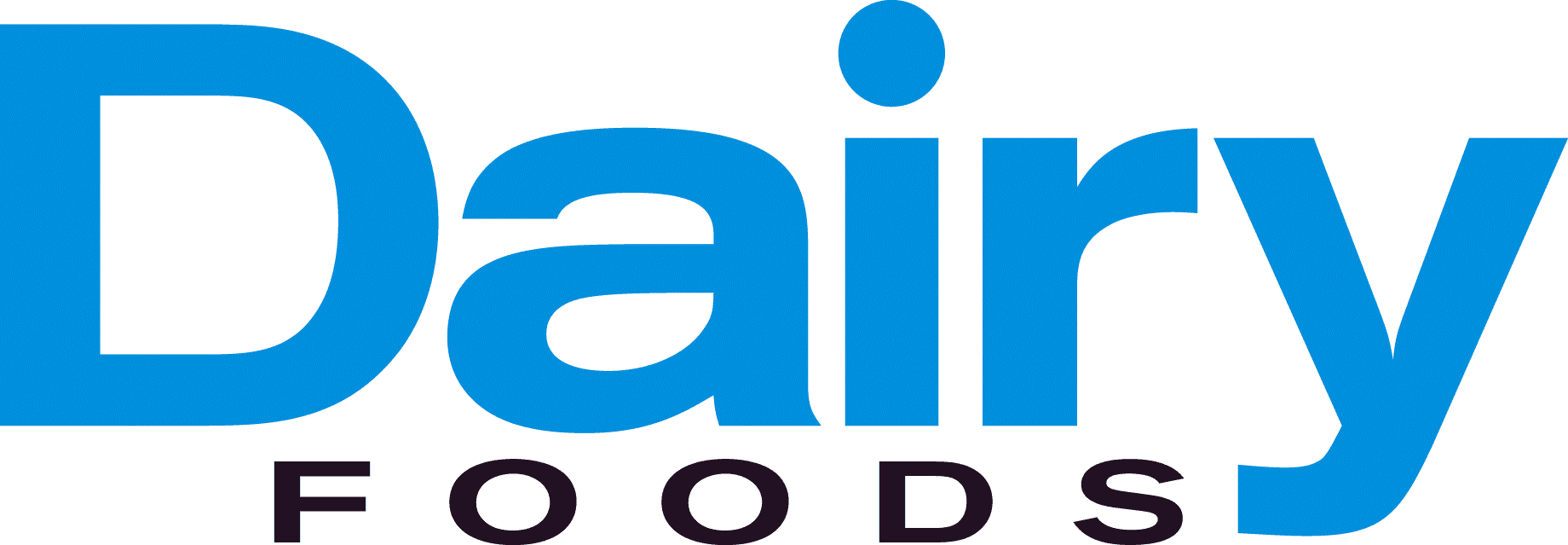INSIDE THE PLANT
Regardless of the dairy product, it all starts with fresh milk with no growth hormones or antibiotics, Pineland Farms Dairy’s Operations Manager Larry Wintle says, outlining the production process at the Safe Quality Food (SQF)-certified plant.
- Pineland Farms receives one to two trailer loads of milk into its raw receiving station in two truck bays. Operators put on safety clothes, go to the top of the tankers and open up one or two of the non-pressure, steel manways to get a sample. They’ll sample the milk into a few vials and check the temperature to make sure it’s 45 degrees Fahrenheit or less. Milk samples go into the quality assurance lab, where they undergo two tests: an antibiotic check and a Direct Microscopic Count for bacteria (DMC) to ensure the raw bacteria meets standards.
- Operators go back to receiving stations and hook the truck to a 3-inch sanitary hose where it is routed to a specific silo depending on where the milk is going to be used. Pineland has five stainless steel silos that combined hold up to 90,000 gallons of milk at any one time.
- Further in the milk’s journey are employees who are cross-trained as high temperature short time (HTST) pasteurizers. They are responsible for the legal pasteurization of milk or dairy products using HTST pasteurization equipment. If cheese is the product, the raw milk goes into the milk pasteurizer, where it is pasteurized to a mininum 161 degrees for 15 seconds and then cooled down in stainless steel plate/frame to 90 degrees Fahrenheit. As the vat, which holds 16,000 pounds, is filled, the cheesemakers adds live starter culture before it is automatically shifted to another vat, where the filled vat is then injected with rennet to foster coagulation of the product. Typically, it takes 30 to 45 minutes for the vat to get the correct coagulation.
- The next step uses open wire knives to cut the coagulum into curds and whey followed by agitation within the open vessel to keep them suspended. Next, the curds and whey are cooked to 101 degrees. After the desired temperature is reached, a valve at the end of the vat facilitates the transfer of curds and whey to an open, shallow finishing table where the whey is drained off, leaving the curd behind.
Wintle notes Pineland Farms Dairy has two ways of making cheddar cheese, the traditional way (milled cheddar) where the whey is drained off from a trench in the center of the vat and the cheese goes to the walls of the vat, where it is cut into loaves. The loaves are continually flipped as the pH is monitored until it goes down to 5.3. The loaves are milled into cheddar curds where they are salted and hooped into 40-pound blocks and then pressed.
In a more conventional way (stirred cheddar) of cheesemaking, the whey is drained off the table with stirrers intact in the table. The big difference is the vat is not trenched, Wintle explains, and then the aforementioned steps are followed, with the ability to add different ingredients and time in the case of aged cheddars, which are aged up to four years.
“Typically, we do two to four vats a day,” Wintle concludes, noting that a single vat yields 1,600 pounds. “We’re processing anywhere from 3,200 to 6,400 pounds of cheese a day.”
